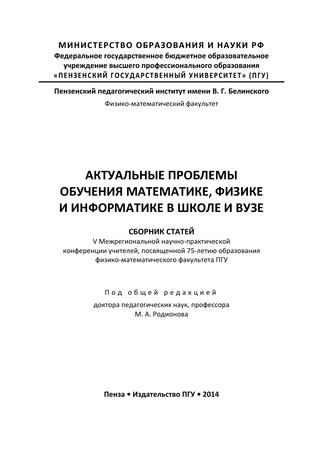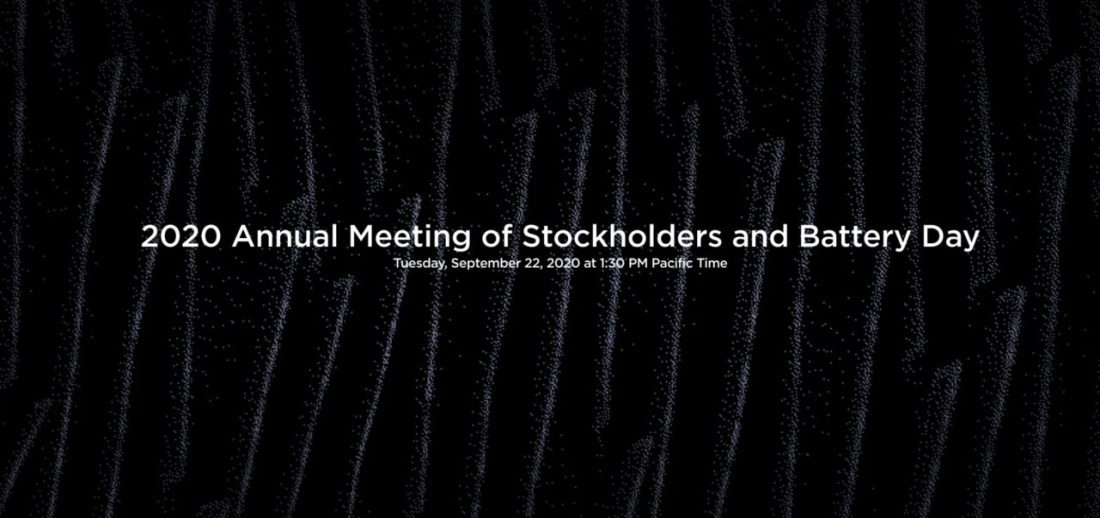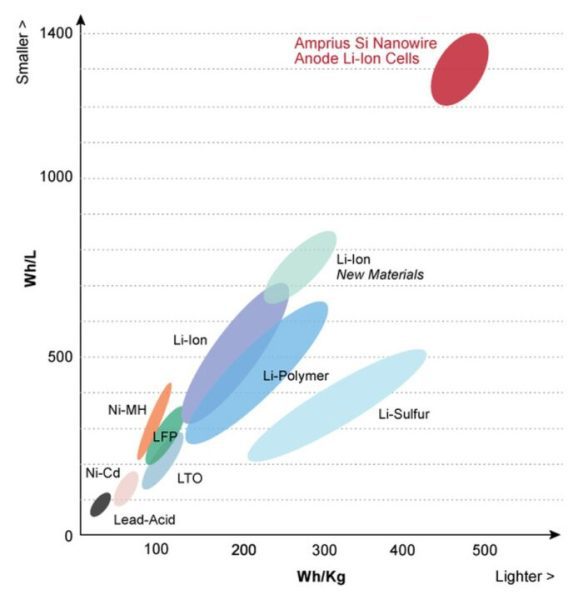
Musk assumes the possibility of mass production of cells with a density of 0,4 kWh / kg. The revolution? On my way
Tesla's Battery Day speculation has already spread so far that Elon Musk's statement on what to expect after few yearshave cooled the enthusiasm of Internet users a little. The head of Tesla announced that in 3-4 years Tesla will be able to produce cells with an energy density of 0,4 kWh / kg and withstand a large number of duty cycles.
Tesla today: 0,25-0,26 kWh / kg, famous record: 0,3 kWh / kg, Musk: Mass production of 0,4 kWh / kg in 3-4 years.
Musk's statement is, and is not, revolutionary. It is revolutionary in the sense that in about 10 years (2013-2023) it will double the specific energy density, the ability to achieve a large number of work cycles and their mass production. Thus, the key parameters of the cells - high energy density, low degradation - will be improved, and their production will become economically viable.
к a fantastic result that would make electric planes a real product. The whole discussion started with them (source).
However, in the context of recent [inflated] expectations, this statement is not revolutionary. The invitation to Battery Day contained structures in the background that Electrek believed were nanowires and suggested they might be elements of an anode made of 100% silicon:

The anodes of modern lithium-ion cells are made from graphite or graphite doped with silicon. Silicon guarantees a higher energy density of lithium-ion cells, but it has a significant disadvantage: it significantly increases its volume during operation, because it is distracted by lithium atoms. This leads to crushing of the electrode, causing destruction of the cell. In lithium-ion cells, a reasonable minimum is 500 duty cycles, while with silicon anodes, the success is already 100 duty cycles:
New week and new battery: LeydenJar has silicon anodes and 170 percent batteries. present time
The creation and stabilization of an all-silicon anode would mean that the specific energy penetrates 0,3 kWh / kg, which means a higher battery capacity for the same weight and possibly volume of the battery. However, 0,3 kWh / kg can hardly be considered a crazy result, since the Chinese CATL presented a trial batch of cells with such an energy density in 2019.

Panasonic - Tesla's main cell supplier - told Reuters it plans to increase energy density by 20 percent over 5 years. Thus, we are not talking about high-density LFP cells or solid electrolyte cells:
> Munroe: Tesla is lying. He has better technology than he looks. I would expect a solid state battery for Battery Day
Details will be announced on 22 September at 22.30: XNUMX Polish time.
Initial photo: fragment of the Battery Day invitation background, processed (c) with the Tesla graphic filter
This may interest you:

